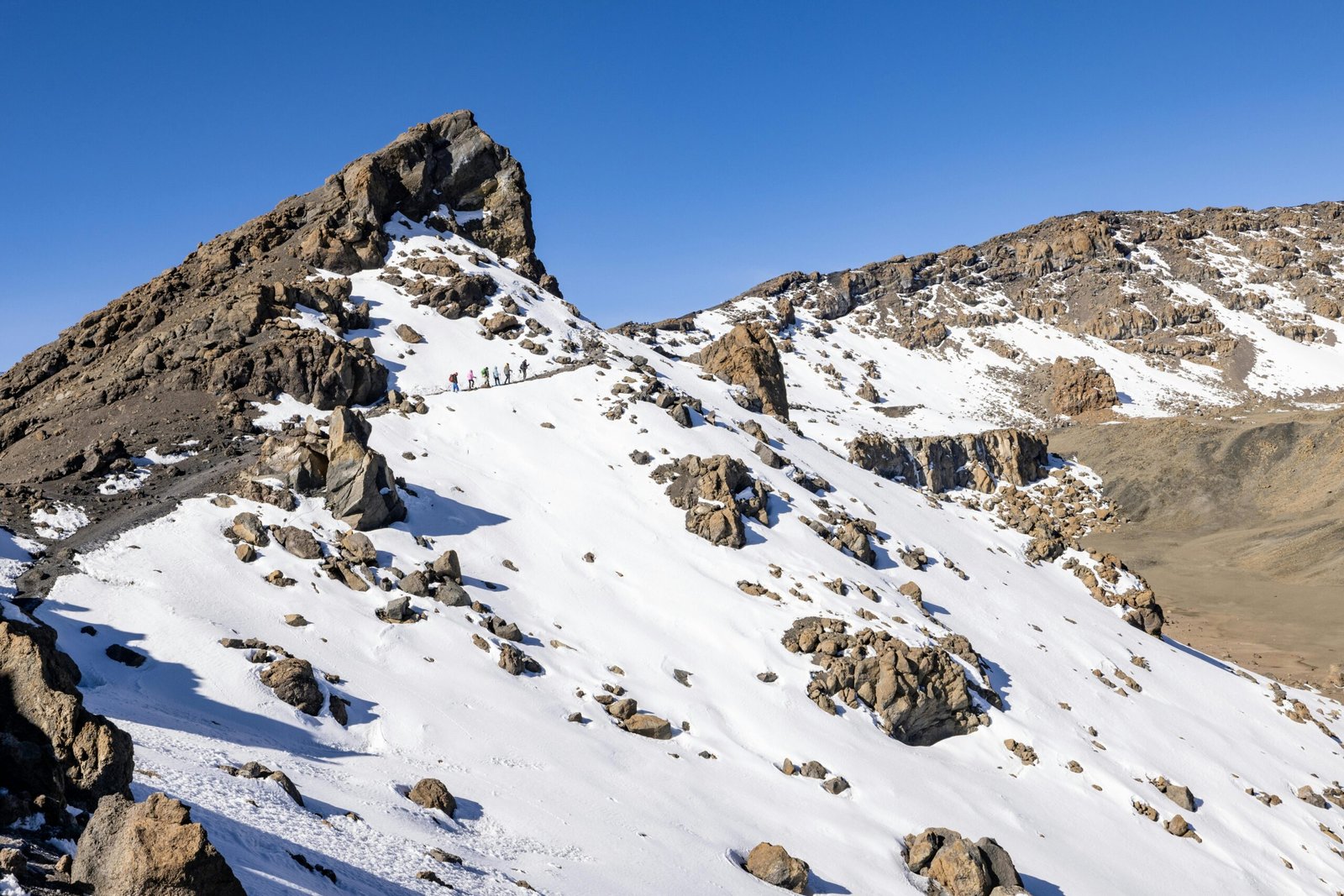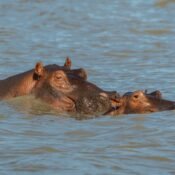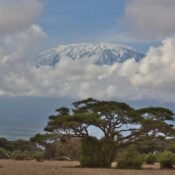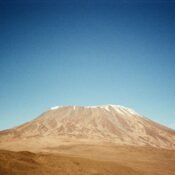
Mount Kilimanjaro: Hidden Routes Only Locals Know
Mount Kilimanjaro is one of the most iconic natural wonders in the world. Towering at 5,895 meters (19,341 feet), it’s the highest peak in Africa and a dream destination for adventure seekers. Most travelers know the famous trekking routes like Machame, Marangu, Lemosho, and Rongai. But what if we told you there are lesser-known, almost secret trails and approaches that only seasoned locals and guides talk about?
These hidden routes reveal Kilimanjaro from perspectives many never experience—paths rich in solitude, cultural encounters, and untouched wilderness. For those seeking a more authentic and less crowded journey, here’s a look into the routes that remain under the radar.
1. The Umbwe Route – The Steep and Silent Climb
The Umbwe Route is often described as the most direct and challenging path up Kilimanjaro. It’s well-known among local guides for its steep ascent and minimal foot traffic. Unlike the busier trails, Umbwe offers immediate immersion into thick montane forest, with tangled vines, moss-covered trees, and the sound of distant birdsong.
- Why Locals Love It: The solitude. Umbwe has far fewer trekkers, allowing for a truly peaceful climb.
- Best For: Experienced trekkers seeking a physical challenge and a shorter, more intense climb.
- Insider Tip: Locals recommend starting early in the day to maximize daylight for the steep ascent to Barranco Camp.
2. The Northern Circuit – The Long but Rewarding Path
While it’s gaining some attention, the Northern Circuit is still relatively underused compared to other routes. Stretching over nine days, it’s the longest route on Kilimanjaro, circling around the northern slopes before approaching Uhuru Peak.
- Why Locals Love It: The extended time on the mountain improves acclimatization, increasing summit success rates. Plus, the northern side offers breathtaking views of Kenya’s plains and a serene environment far from the busy southern trails.
- Best For: Travelers who want a high chance of summiting and enjoy long, steady treks.
- Insider Tip: Locals suggest this route during peak seasons for those who want to avoid crowds without sacrificing scenery.
3. The Shira Plateau Approach – A High-Altitude Start
The Shira Plateau is one of Kilimanjaro’s most beautiful and lesser-known areas. Some local guides offer a special approach starting directly on the plateau via a 4×4 track from Londorossi Gate. This shortcut bypasses the rainforest and immediately immerses trekkers in sweeping moorland landscapes.
- Why Locals Love It: It provides unique photo opportunities and a chance to explore ancient lava formations before joining the Lemosho or Machame routes.
- Best For: Trekkers who have prior high-altitude experience, as starting above 3,500 meters can be a shock for the unacclimated.
- Insider Tip: Spend an extra day exploring the Shira Cathedral, a rocky outcrop with panoramic views.
4. The Kilema Bike Trail – A Cycling Adventure
One of Kilimanjaro’s true hidden gems is the Kilema Route, the only path that allows cyclists to ride partway up the mountain. Local adventure operators have created guided biking trips that combine off-road cycling with trekking, offering a unique twist on the classic climb.
- Why Locals Love It: It’s adventurous and appeals to thrill-seekers who want a fresh perspective on the mountain.
- Best For: Mountain biking enthusiasts with good fitness and some trekking experience.
- Insider Tip: Locals recommend this in the dry season to avoid muddy, slippery trails.
5. The Western Breach – The Adventurer’s Challenge
The Western Breach is a dramatic, steep ascent directly to the crater rim. It’s less traveled because of its technical demands and exposure to rockfall, but for well-prepared climbers and with the guidance of experienced local mountaineers, it’s an exhilarating way to approach the summit.
- Why Locals Love It: The sense of adventure and the rare chance to camp inside the crater near glaciers.
- Best For: Highly experienced trekkers and mountaineers who want a non-traditional climb.
- Insider Tip: This route should only be attempted with reputable guides who have significant Western Breach experience and up-to-date safety knowledge.
6. The Rau Forest Approach – A Cultural Gateway
Before even reaching the official Kilimanjaro National Park gates, locals sometimes guide visitors through the Rau Forest Reserve. This lush, little-known forest on the lower slopes is home to giant fig trees, black-and-white colobus monkeys, and a mosaic of farmlands.
- Why Locals Love It: It’s a cultural and ecological introduction to the mountain, blending rural life with wild beauty.
- Best For: Travelers who want to connect with local communities before the climb.
- Insider Tip: Visit during the harvest season to see local farmers processing coffee and bananas.
7. The Mweka Descent – More Than Just the Way Down
Mweka is typically used only as a descent route, but some local guides use it as an approach for special trips or conservation treks. It’s one of the fastest routes from the summit to the rainforest, passing through rich vegetation zones rarely appreciated by climbers rushing down.
- Why Locals Love It: It offers a reverse perspective on the mountain’s ecosystems, from alpine desert to dense rainforest in a single day.
- Best For: Trekkers looking to explore different exit paths for photography or environmental research.
- Insider Tip: Take it slow on the descent—this is where you’ll find some of the best birdwatching opportunities.
Why These Hidden Routes Matter
The mainstream Kilimanjaro routes are popular for good reasons—they’re well-established, well-serviced, and scenic. But hidden and lesser-known paths provide something extra:
- Solitude: Fewer people mean a more intimate connection with nature.
- Cultural Depth: Some routes integrate with local communities and traditions.
- Unique Landscapes: Alternative trails often pass through rarely visited ecological zones.
- Personal Challenge: Off-the-beaten-path climbs demand adaptability and resilience.
For locals, these routes aren’t just alternatives—they’re part of the mountain’s living history. They carry stories of ancient footpaths, trading routes, and community traditions tied to Kilimanjaro.
Tips from Local Guides for Hidden Route Climbs
- Choose the Right Season: Dry seasons (January–March and June–October) are best for less-maintained trails.
- Acclimatization Is Key: Some hidden routes start at higher altitudes; take extra days if possible.
- Go with Experienced Guides: Many of these trails require deep local knowledge for navigation and safety.
- Respect the Environment: These routes often pass through fragile ecosystems—leave no trace.
- Prepare for Limited Amenities: Fewer trekkers mean fewer facilities; be ready for rustic camping.
Final Thoughts
Mount Kilimanjaro’s fame is well-deserved, but its magic isn’t limited to the well-trodden paths. The hidden routes known mainly to locals reveal sides of the mountain that most visitors never see—routes filled with solitude, cultural connections, and untouched wilderness.
If you’re seeking a climb that’s as much about the journey as the summit, consider stepping off the main trail and following the paths whispered about in guide circles and village stories. With the right preparation and guidance, these secret routes could lead you to a Kilimanjaro experience that’s entirely your own.




